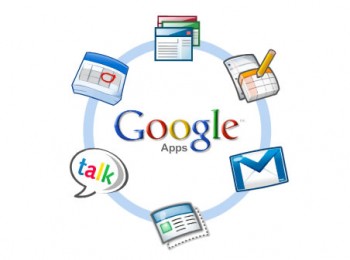Whether you’re joining a new company, or moving to a new position within your current organization, the change can be stressful and filled with unknowns. There are some simple actions you can take, however, to make the transition a smooth one and help put you on the path toward success.
1. Ask Questions
As a new hire, no one expects you to know everything your first day (or first month). At the same time, being the new kid means it is acceptable for you to ask lots of questions. Take advantage of your newbie status and ask as much as possible.
2. Listen and observe
Asking questions is only part of the equation for learning the ins and outs of your new place of work. Listen to what your coworkers say to each other and observe what they do and how they interact. Continue reading



 Website Project Management can have it’s “ups” and “downs”.
Website Project Management can have it’s “ups” and “downs”.
 experts to help you reduce the risk of becoming another victim of identity theft. Some of these items are not new, but they certainly bear repeating!
experts to help you reduce the risk of becoming another victim of identity theft. Some of these items are not new, but they certainly bear repeating! It should come as no surprise that identify theft is out of control with more than 9 million Americans falling victim EACH YEAR. If you carry your credit card and driver’s license, make purchases online, or simply buy lunch with a debit card, you are putting yourself at risk for identity theft. Unfortunately, fewer than one in 700 identify crimes lead to an arrest.
It should come as no surprise that identify theft is out of control with more than 9 million Americans falling victim EACH YEAR. If you carry your credit card and driver’s license, make purchases online, or simply buy lunch with a debit card, you are putting yourself at risk for identity theft. Unfortunately, fewer than one in 700 identify crimes lead to an arrest.